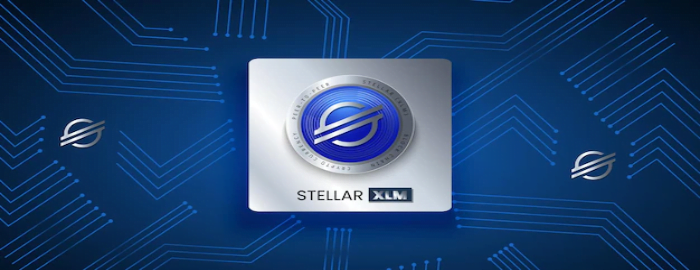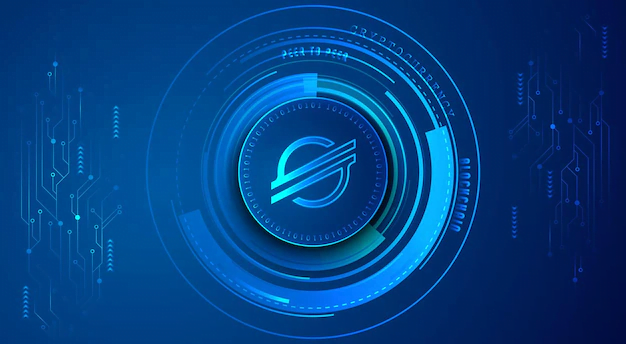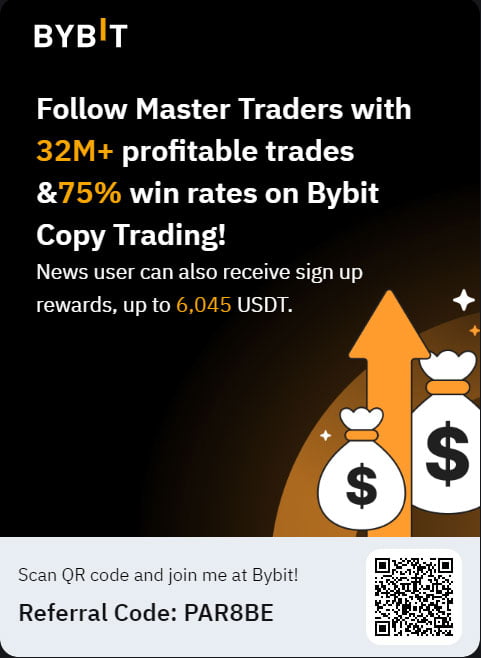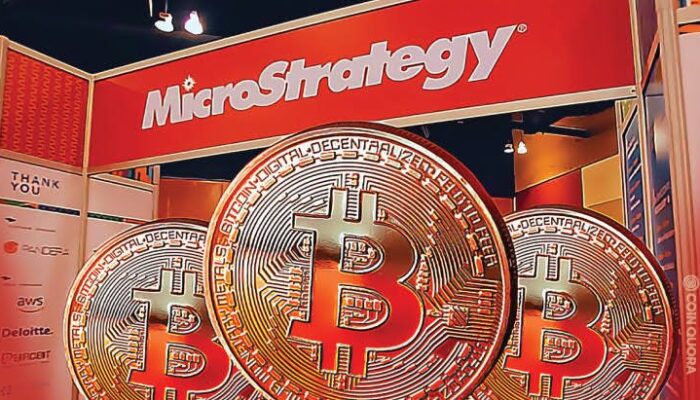While Bitcoin remains the leading cryptocurrency, the presence of others has increased the global adoption of digital assets. Apart from Bitcoin, cryptocurrencies like Ethereum, XRP, Litecoin, etc., have become essential assets to crypto investors. Their presence has ensured that the market is not only streamlined towards Bitcoin only. Unfortunately, none of them comes close to the leading cryptocurrency in growth and value. The scarcity, high demand, and store of value ensure that Bitcoin’s lead in the market is strong. However, providing bespoke services to users, Stellar Lumens is one of the cryptocurrencies that remains a delight to crypto users globally.
What Is Stellar?

Founded in 2014 by Stellar Development Foundation, Stellar is an open-source network that allows users to access the global financial system. It is an open network that allows money to be moved and stored. Its mission is to transform the digital asset transfer market by creating a distributed network that equips users with everything. It allows users to send money and digital assets in unique ways with technology. It is simply a blockchain-based distributed ledger network that connects banks, payments systems, and users. These connection helps to facilitate cheap, cross-asset transfers of value, including payments.
Stellar users are equipped with abilities to transfer cryptocurrency to fiat money domestically and across borders. Most of these services are typical of payment providers, but Stellar takes a different approach to bolster it. The network can perform these tasks because it incentivizes distributed network of computers to run a standard software. This means that Stellar users can transfer any cryptocurrency and trade them across borders. Alternatively, Stellar has a top competitor in Ripple Labs’ XRP, as both protocols provide payment providers and financial institutions. The native cryptocurrency of the network is Lumens, which trades as XLM.
How Does Stellar Work?
When Stellar began operation, crypto experts found out that it copied the code that powered XRP Ledger. They both look similar in design, features, and function. Fortunately, the network has continued to update its services and has since implemented new techniques and operational changes. Stellar’s 2015 update saw it move from the previous consensus mechanism to a native Consensus Protocol to achieve network consensus. Stellar Consensus Protocol (SCP) is based on Federated Byzantine Agreement (FBA). The SCP is a consensus mechanism that enables nodes to vote on transactions until it attains legal minimums. Apart from SCP, Stellar Core- a bespoke software made for user needs, also powers the network.
-----Cryptonews AD----->>>Sign up for a Bybit account and claim exclusive rewards from the Bybit referral program! Plus, claim up to 6,045 USDT bonus at . https://www.bybit.com/invite?ref=PAR8BE
<<<-----Cryptonews AD-----
Nodes on the network are unique, as they can serve as Watchers, Archivers, Basic Validators, or Full Validators. While Watchers can only submit transactions, Full Validators can vote on transactions, maintain archives and participate fully in SCP. Stellar anchors, also known as Gateways, are also in charge of issuing assets on the network. Their importance to the overall stability and functionality of the network is not limited. They accept deposits of currencies and assets and issue new representations of these assets on Stellar. They are also like compliance officers, as they establish the requirements users need to meet to hold assets.
A Look At XRP And XLM
For knowledge purposes, XRP is a cryptocurrency project under the coffers of Ripple technology. It began operation in 2012, and it is a blockchain that allows users globally complete payments with each other. It solves issues with slow transaction speed and high transaction costs like Stellar. These issues are the most common with traditional payment providers. However, since Stellar is a fork of XRP, both platforms have existing similarities.
Mining of both cryptocurrencies is not available, as all coins have already been minted. The two cryptocurrencies limit the number of tokens in circulation and total supply. While the total supply of XRP is 100 billion coins, XLM is half the amount. Users of both networks are also familiar with high transaction speed and cheap transaction costs. The transaction cost on both networks is lower than many traditional payment service providers. It is also worth mentioning that transaction turn-around-time on both networks is less than 10 seconds per transaction. Unfortunately, this is a colossal feat that many payment providers have not achieved.
Differences Between XRP And XLM
While Stellar, before the new updates, was very much like XRP, a few differences still exist between the two networks. One such difference is the accessibility of both networks to users. Stellar is an open-source platform and is available to anyone in public for assessment. On the other hand, XRP does not operate that way, as it requires permission to access it. The operational structure of Ripple was designed for banks and financial platforms to use. This is why the network is not open to all.
Secondly, XRP is a deflationary cryptocurrency whose purchase power will increase due to future scarcity. This is because the network burns transaction fees made in its ecosystem. However, Stellar is an inflationary cryptocurrency with an annual inflation rate of 1%. Typically, inflationary systems allow token holders to receive a decent value for the currency as inflation rises. Also, at the point of release, 90% of the total supply of XLM was distributed to the public. However, that differs from XRP, whose founders currently own 50% of the total token supply. This means that while the public controls XLM, XRP founders control the protocol.
What Is Stellar Lumens (XLM)?

Lumens is the cryptocurrency and native token of the Stellar blockchain. It is a token that serves as a bridge across multiple borders. This is why it is cheap to use in trading digital assets and fiat currencies. XLM is also used for staking, standing alone as the payment method for all services the ecosystem provides. When it began trading in 2015, 100 billion tokens were first available for trading. Unfortunately, after several upgrades and system changes, its total supply is 50 billion tokens. Also, the 2019 burning of half the total token supply by its founders means they now control only 30 billion XLMs. That move resulted in a scarcity of the token, creating a short-term rise in its price.
Unfortunately, the price rally did not last long enough, as prices fell shortly. The founders believe the project can perform its objectives without so much of the token in circulation. The circulating supply of XLM is currently 20.7 billion tokens. Also, the project presently reserves a portion of this total supply for marketing and development. Alternatively, 30% of it is also for investments, particularly in other blockchains. The token is available for purchase on many exchanges, including Binance, Coinbase, Kraken, Upbit, and Huobi.
How To Buy XLM On Coinbase
Since March 13, 2019, XLM has been available for purchase and trading on Coinbase. However, listed below are the five steps to buying the token on Coinbase;
Step 1 – Sign Up
Signing up on Coinbase is the first for new users. You will have to download the Coinbase app or use the exchange’s website. This process is usually seamless and complete after supplying a few KYC details. You will also need to verify the information you provided. It is worth noting that only verified accounts will have access to the Coinbase trading platform. However, existing users will only need to log in to their accounts.
Step 2 – Fund Your Account
After creating an account or logging in, you will need to fund your Coinbase account. This will enable the purchase of XLM to be very seamless. Funding is straightforward, and with either a bank transfer or any compatible debit/credit card, your account now has funds.
Step 3 – Purchase Your XLM
After funding, you can then purchase your XLM tokens. Click on trade, select XLM from the search bar items, and enter the amount you want to buy. You will then review and confirm the amount and proceed to make payments for it.
XRP or XLM, Which Should I Invest On In 2022?
In a Guardian News editorial recently released, the analyst predicted XRP and XLM to do a 10X this year. This prediction, especially for XRP, is because its lawsuit with the U.S SEC looks to be almost over. Since December 2020, Ripple Labs has been in a case with the U.S Securities & Exchanges Commission (SEC). The SEC claims the company sold shares as securities many years ago. This has resulted in the price of XRP suffering since then. However, if Ripple put that lawsuit behind them, crypto analysts expect XRP prices to soar.
On the other hand, XLM remains a high utility token solving cross-border payments. That status quo will not change this year, as crypto analysts expect the token’s value to rise. In comparison, XLM’s ROI is 6920%, as it ranks as the 31st performing token in the market, according to CoinMarketCap. Alternatively, XRP’s ROI is 13006.05% and currently ranks as the 7th performing token in the market. In terms of demand and dominance, a factor that could contribute to individual price rally, XRP leads presently. XRP’s $2.3 billion 24-hour trading volume is superior compared to XLM’s $358 million.
Despite a drop in value, at writing, XRP trades at $0.78, while XLM trades around $0.209. DigitalCoinPrice believes XRP will surpass the $1 mark before June 2022. The crypto analysts also believe the token will hit $3 by the end of the year. However, WalletInvestor thinks it will take the token five years to hit $3, despite boasting a 63.5% annual ROI. WalletInvestor thinks XRP will not hit $2 by December 2022, as they believe it will surpass the $1 mark. For XLM, DigitalCoinPrice predicts that the token XRP will not hit the $1 mark by December 2022. The analysts believe it will take at least 4years for it to hit that mark.
Conclusion
Founded in 2014 by SDF, Stellar is an open-source network that allows users to enjoy access to the global financial system. It was a fork of Ripple (XRP) and, until recent updates, operates almost as the Blockchain payment company. Its native and utility token is Lumen (XLM). XLM is available for purchase on many exchanges, including Binance, Coinbase, and Kraken. XRP and XLM are compared side by side, but XRP is larger than XLM. Crypto analysts believe that both tokens will profit investors this year, especially as the Ripples lawsuit is almost behind them.






